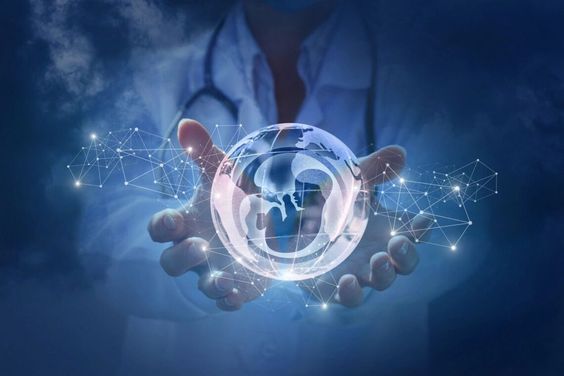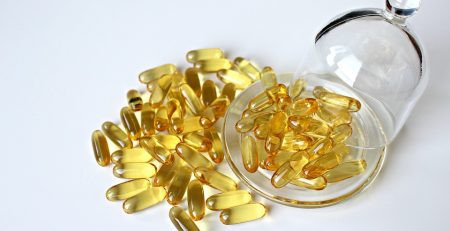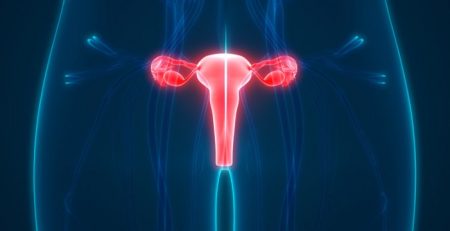ART Treatment processes and The Stories behind it
Sperm Preparation
Before starting the IVF treatment cycle, a semen analysis should be performed according to the protocols described in the World Health Organization (WHO) manual (World Health Organization, 2010). The male patient will have his sperm examined via a sperm analysis test. This test helps to determine the health and viability of his sperm, the number, shape, and motility of the sperm, and other factors. The report will take about two hours to be generated. Patients are advised to abstain from any form of sperm release for about three to four days before their appointment. After collection, the sample should be delivered to the laboratory as soon as possible avoiding extreme temperatures.
ICSI procedure
Intracytoplasmic sperm injection (ICSI) involves injecting a single sperm directly into an egg using pipettes with appropriate lumen size in order to prevent oocyte damage. The fertilized egg (embryo) is then transferred to the woman’s womb. The procedure for ICSI is similar to that of IVF, but instead of fertilization taking place in a dish, the embryologist selects sperm from the sample and a single sperm is injected directly into each egg.
The whole process is done under microscopic visualization and manipulation. Before the sperm is injected into the egg, it is immobilized. The egg is held in place and the sperm is injected into the egg by puncturing a tiny hole in the zona pellucida of the egg using a microinjection needle. The needle will go through this hole and deliver the sperm into the cytoplasm. The tiny hole will seal by itself and recover. The injected eggs are checked the day after to see if fertilization has occurred.
During ICSI, the following points are important:
– Only mature oocytes should be injected.
– Giant oocytes or oocytes with a very large polar body should not be injected.
– Morphologically normal, motile sperm should be selected.
Embryo culture and transfer
An embryologist will closely monitor the developing fertilized egg or zygote. At 18 hours, the cell should contain two pronuclei, which means they contain genetic material from both partners. In another 24 hours, the embryologist will look for cell division. Embryos will be cultured for anywhere from two to five days before being transferred.
On day 3, the embryo should be six to eight cells. However, most laboratories will then opt for extended culture for 2 more days in order to allow the embryo to develop into a blastocyst. In order for the embryo to develop beyond the 8 cells stage, it must be able to activate its own genes and produce its own proteins. By thus proving its functionality, the later stage embryos now have a greater likelihood of implanting and developing into a viable fetus.
Cryopreservation can be performed for gametes, embryos, and tissues. For cleavage-stage embryos and blastocysts, high success rates have been reported when using vitrification. However, for pronuclear and cleavage-stage embryos, good results can also be obtained using slow-freezing methods.
By: Dr Haris Hamzah Consultant O&G & Fertility Specialist, Alpha IVF









